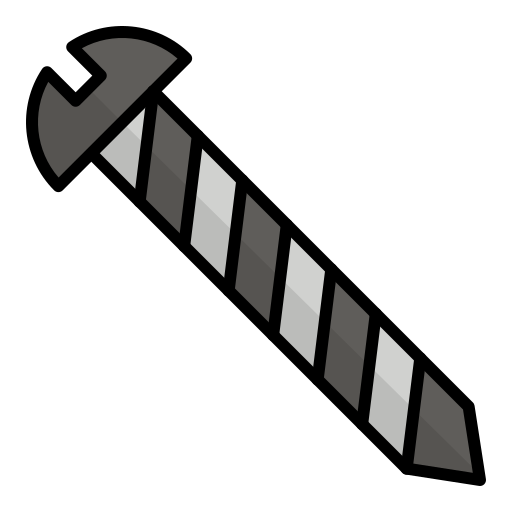Traps are inventory that carrying have abilities, and can be set off when they are ![]() Trapped.
Trapped.
Traps consist of:
- The Base Trap
- Point Trap, that effects a single object or nested on a single object
- Example: A dart trap on a chest (in this case a point trap)
- Area Trap, that effects an area, usually a circle or a sphere.
- The Base Trap increases the Trap DC.
- A trigger
- What triggers the trap?
- This could be when a creature enters an area,
- When a chest is opened,
- When a word or phrase is said (specified in the GM notes)
- More elaborate triggers are often set in the GM notes, the type of trigger increases the Trap DC.
- An effect (optional)
- This is either an ability, which makes it a Mechanical Trap
- Or it has a spell effect
- Using the enchantment system, this could be
- A innate spell per long rest, the trap resets at midnight
- At will spell, meaning the trap resets every round
- Charged spell, where the charges, and spell charges reset at midnight.
- Effects increase the Trap DC. Typically a trap only has one main effect.
- Status effects (optional)
- Traps can apply status effects. Sometimes these traps can be imbued in the spell or ability as well. Sometimes traps can just apply these status effects.
- If a trap just applies status effects this can increase the Trap DC.
Traps are either:
- Mechanical - Using
 Machining, to Disarm a Trap, and
Machining, to Disarm a Trap, and  Dismantle to take apart the trap.
Dismantle to take apart the trap. - Magical - Using
 Magic to discern how the trap works, and to Disarm the Trap
Magic to discern how the trap works, and to Disarm the Trap
By default, traps are considered Mechanical, regardless of their damage type if it exists.
A magical trap has a charged spell, or at will spell, or spell effect attached to it..
d100
Mod
ADV/DIS